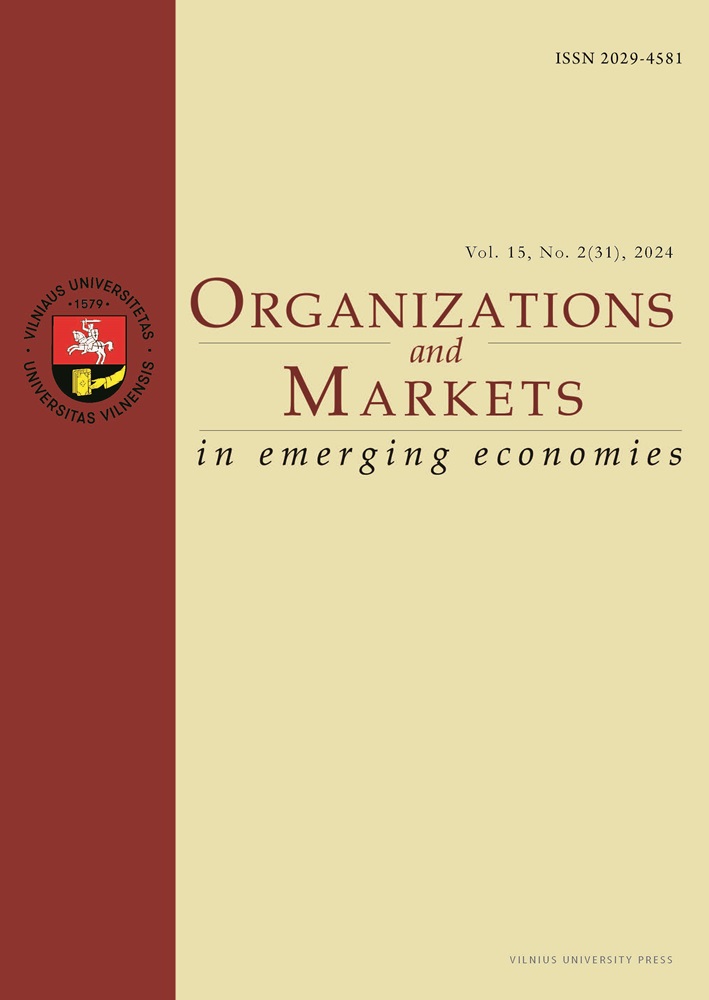Examining the Impact of Bank Cost Efficiency on Non-Performing Loans in a Dollarised Economy: Evidence from Zimbabwebank diversification, bank opacity, competition, loan loss provisions
Examining the Impact of Bank Cost Efficiency on Non-Performing Loans in a Dollarised Economy: Evidence from Zimbabwebank diversification, bank opacity, competition, loan loss provisions
Author(s): Blessing Katuka, Calvin Mudzingiri, Edson Vengesai, Juniours MarireSubject(s): National Economy, Financial Markets, Socio-Economic Research
Published by: Vilniaus Universiteto Leidykla
Keywords: non-performing loans; cost efficiency; skimping hypothesis; dollarisation; quantile regression; quadratic regression;
Summary/Abstract: This paper investigates the effects of cost efficiency on non-performing loans (NPLs) in Zimbabwe during dollarisation. The research applies the random effects and bootstrap quantile regression models using the full dollarisation era dataset for 13 banks from 2009 to 2017. The obtained results revealed that: (i) the average cost efficiency score for the Zimbabwean banking industry is 81.36%, (ii) improvement in cost efficiency leads to an increase in NPLs but begins to fall for a cost inefficiency level of 7.14% and below, (iii) the effect of bank cost efficiency on NPLs is prominent and highly significant at a higher quantile (90th), (iv) the interaction effect between cost efficiency and bank size on NPLs is negative and significant. According to these results, NPLs tend to fall when large banks are more costefficient. Thus, the present study recommends that banks employ strategies that simultaneously improve the asset base and cost efficiency.
Journal: Organizations and Markets in Emerging Economies
- Issue Year: 15/2024
- Issue No: 2
- Page Range: 356-377
- Page Count: 22
- Language: English

